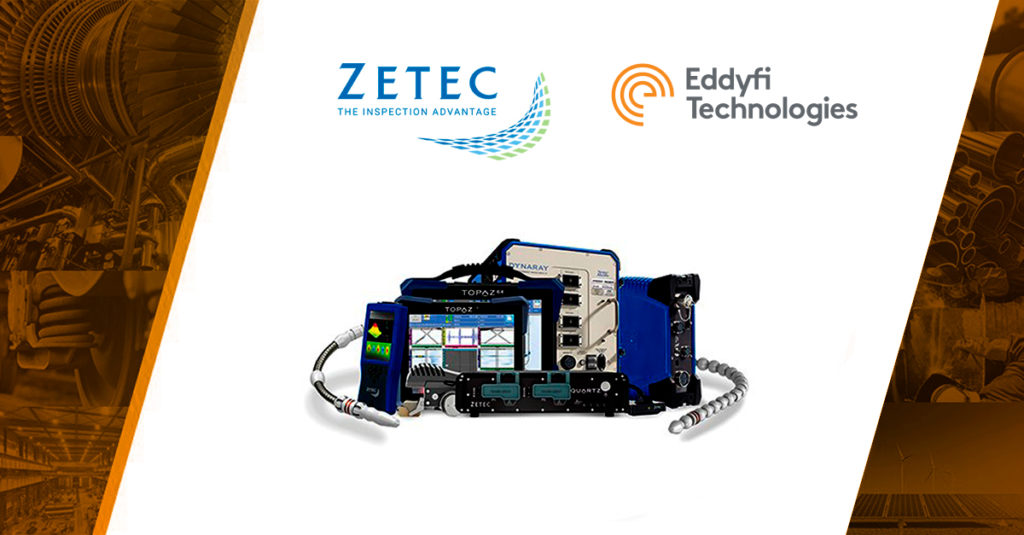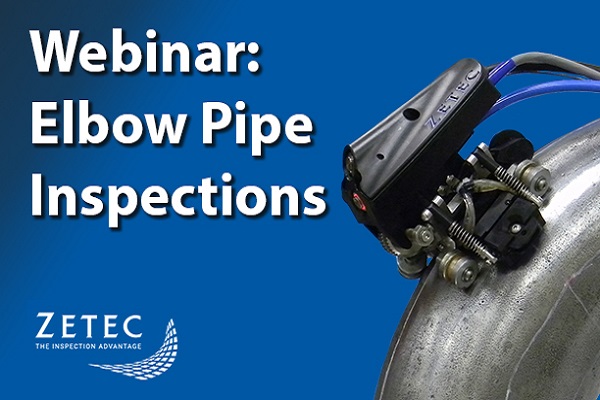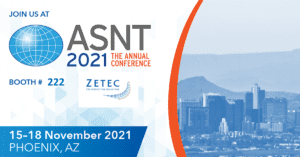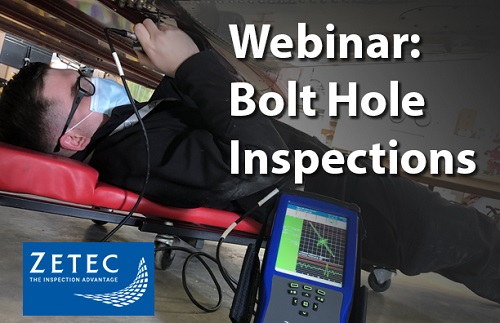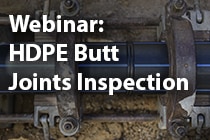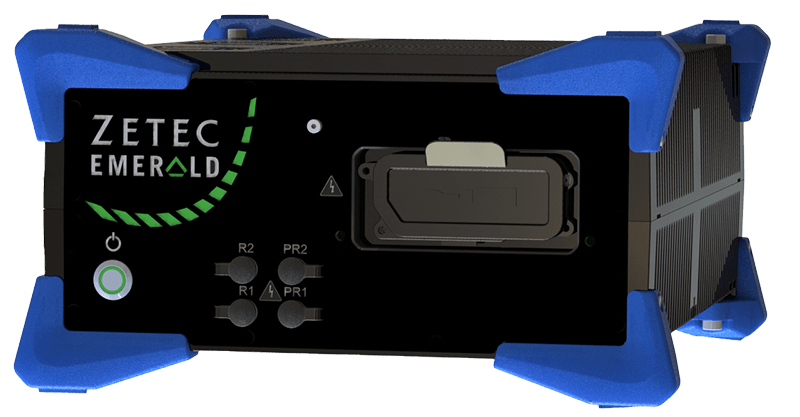Zetec is now an integral part of Eddyfi/NDT and adds its NDT solutions to the group’s product portfolio.
Québec, Canada, January 11, 2022 — Eddyfi/NDT announces today that it has completed the transaction leading to the full acquisition of Zetec, previously a subsidiary of Roper Technologies, Inc. (NYSE: ROP), and that all closing conditions have been satisfied. As a result, Zetec officially becomes part of the Eddyfi/NDT Group and will see its NDT solutions powered through the Eddyfi Technologies business unit.
Specifically, all of Zetec’s people and technologies will be added to Eddyfi Technologies’ portfolio. Eddyfi Technologies will be responsible for promoting the Zetec brand in major industries where it is well established, including power generation, aerospace, defense, rail and manufacturing.
“I am very pleased to welcome Zetec to Eddyfi/NDT today. I firmly believe that our group is the ideal home for the growth of the company. Our technological leadership, combined with the innovation and collaborative spirit that will undoubtedly emerge from this new union, will enable the creation of value for all stakeholders,” says Martin Theriault, CEO of Eddyfi/NDT.
Pierre-Hugues Allard, President of Eddyfi Technologies, adds that “the addition of Zetec to our business unit completes our market coverage and enhances our expertise. I already anticipate that new ideas with strong benefits for our customers will emerge from the synergies created in the coming months. In addition to doubling our sales, the arrival of all the new talent joining the great team of Eddyfi Technologies, including several NDT experts, will allow us to seize many new opportunities and to accelerate the development of the next innovations that we will introduce to the market.”
Founded 50 years ago, Zetec is a major player in the non-destructive industry, with global engineering and manufacturing centers in Quebec City, Canada, and corporate headquarters in Snoqualmie, Washington, USA. Furthermore, Zetec is present around the globe, with offices in Houston, Paris, Seoul and Shanghai. With a footprint in major industries such as Power Generation, Aerospace, Defense, Rail and Manufacturing, its advanced NDT solutions contribute to protecting highly critical assets worldwide.
National Bank of Canada acted as Sole Bookrunner, Co-Lead Arranger and Administrative Agent on Eddyfi NDT’s senior debt financing package in support of its acquisition of Zetec Inc. Credit Suisse acted as financial advisor to Eddyfi/NDT. McCarthy Tétrault and Foley & Lardner LLP served as its legal advisors.
About Eddyfi/NDT
Eddyfi/NDT is a fast-growing, innovative, and private industrial technology group focused on advanced diagnostic technologies to monitor the world’s infrastructure health. The Group serves asset owners, large engineering firms, and service companies globally in markets such as Aerospace, Civil Infrastructure, Energy, Mining, Power Generation, and Rail. Eddyfi/NDT believes that advancing science and technology via sensors, hardware, robotics, and software makes the world more productive and safer for people, business, and nature. The company employs over 1,500 people throughout 32 offices worldwide and serves clients in more than 110 countries. More information can be found on the company’s website: www.eddyfi-ndt.com
About Eddyfi Technologies
Eddyfi Technologies offers a diversified portfolio of NDT instruments, sensors, software, and robotic solutions for the inspection of critical components and assets in key industries such as aerospace, oil & gas, defense, and power generation. Eddyfi Technologies serves customers in more than 110 countries. Headquartered in the advanced NDT hub of Québec (Canada), Eddyfi Technologies employs more than 620 people, and leverages 13 centers of excellence and sales offices worldwide, all staffed by NDT experts. Learn more at www.eddyfitechnologies.com.
For Further Information, please contact:
Veronique Chayer
Director, Strategic Communications and External Relations
Eddyfi/NDT
418-780-1565 ×430
Cell: 581-999-9202
vchayer@eddyfi-ndt.com

